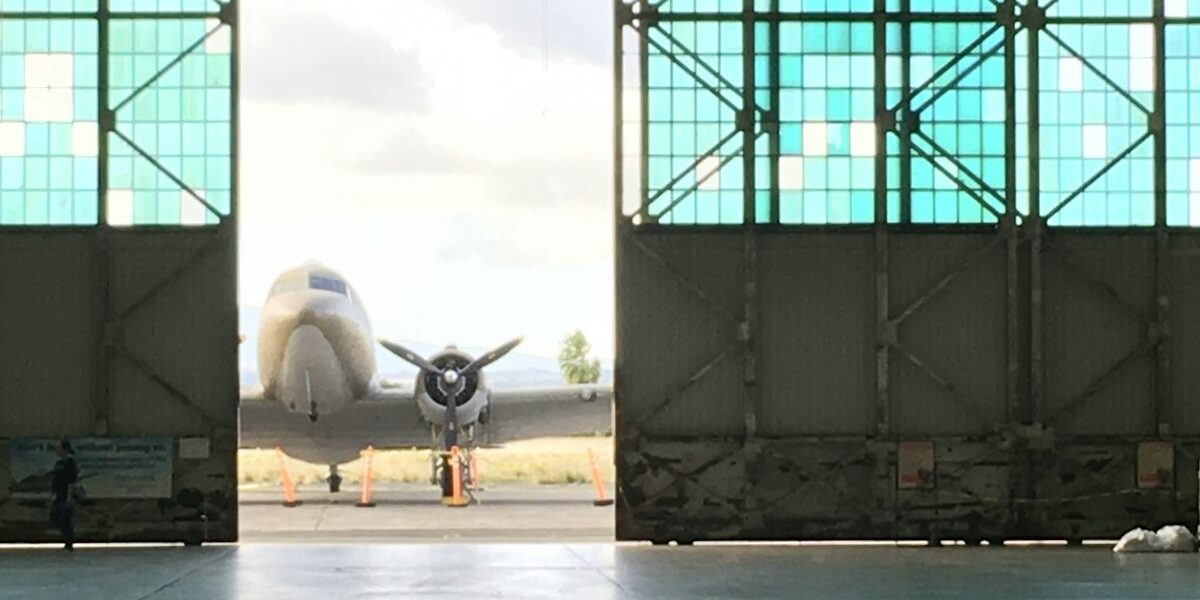When discussing the structure and design of hangars, it’s essential to recognize the variety and functionality that comes with different shapes and sizes. A hangar, fundamentally, is a building designed for storing vehicles, typically aircraft. From military jets to commercial airliners and private planes, the shape of a hangar can significantly influence its efficiency and suitability for different types of aircraft.
The most common shape for aircraft hangars is the rectangular or square format. This straightforward design facilitates easy construction and versatile use of space. Rectangular hangars can accommodate a variety of aircraft sizes, making them a popular choice for commercial and military purposes. They often feature large sliding or overhead doors that can span the width of the hangar, allowing easy access for aircraft.
Another popular design is the arch-style hangar. These hangars are characterized by their curved roof, which provides excellent structural stability and resistance to weather conditions like wind and snow. The arch shape is not only aesthetically pleasing but also practical, as it allows for more vertical space within the building. This type of hangar is particularly useful for storing taller aircraft or for hangars that need to accommodate lifting cranes and other maintenance equipment.
T-hangars are specifically designed to maximize space efficiency. They are called T-hangars because of their shape when viewed from above — the spaces are arranged in a way that resembles the letter ‘T’. This design is ideal for storing multiple small aircraft as it allows for individual storage slots while minimizing the footprint of the building.
Some hangars are built with a cantilever design, where the roof extends over the space without support columns in the middle. This design is beneficial for hangars that need wide, unobstructed interiors for easy maneuvering of aircraft. Cantilever hangars can be seen in both military and commercial airports, providing a clear, open space that is free from obstructions.
Innovative designs also include geodesic and dome-shaped hangars. These structures are relatively rare but offer superior durability and resistance to environmental challenges. The spherical shape distributes stress evenly across the surface, making these hangars particularly good in areas prone to extreme weather conditions like hurricanes or heavy snow.
The choice of hangar shape is influenced by several factors including the type and size of aircraft to be stored, the location’s environmental conditions, and the specific needs of the operators, such as maintenance and repair facilities. Architects and engineers also consider the future scalability of hangars, as the aviation industry is continually evolving with larger and more advanced aircraft.
In conclusion, the shape of a hangar is a critical aspect of its design that affects not only its functionality but also its efficiency and adaptability. Whether rectangular, arch-shaped, T-shaped, cantilever, or geodesic, each design has its own advantages and is chosen based on specific requirements and conditions. Understanding these choices helps in appreciating the complexities involved in the design and construction of aircraft hangars.
Recommended Aviation Resources
Pilots Handbook of Aeronautical Knowledge – $25.42
Essential FAA handbook for every pilot.
Aircraft Owners Handbook of Maintenance
Keep your aircraft in top condition.
As an Amazon Associate, we earn from qualifying purchases.




Leave a Reply
You must be logged in to post a comment.